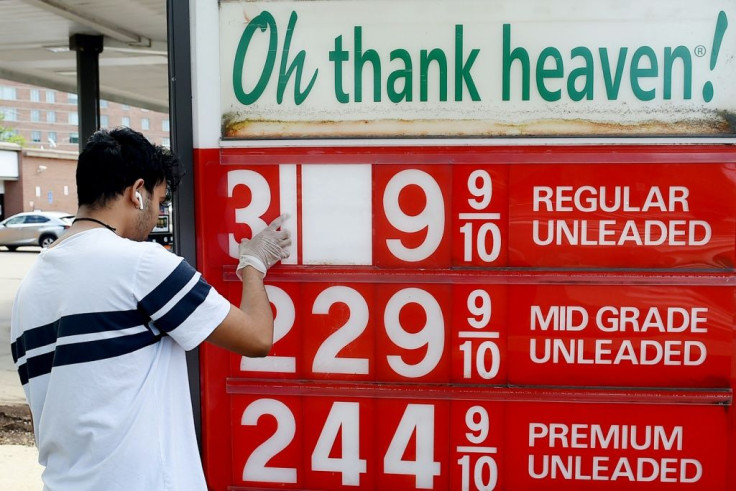Data Confirm US Inflation Spike But Are Unlikely To Rattle Fed
Prices have indeed spiked in the United States, government data released Friday said, but analysts believe the increase isn't enough to change minds at the Federal Reserve, which is planning to keep rates low to help the economy recover from the Covid-19 pandemic.
The Commerce Department's personal consumption expenditures (PCE) price index in May rose 3.9 percent from the same month in 2020, its largest year-on-year increase since August 2008, the data said.
However much of the increase was in energy prices, which a year ago were languishing after business restrictions to stop the virus from spreading caused a sharp downturn in demand.
The dynamic -- a big price spike relative to 2020 in sectors hit hard by the pandemic -- was what Fed officials led by Chair Jerome Powell had bet would happen as the US economy reopens, and is unlikely to change minds at the central bank.
"From the Fed's perspective, price pressures are transient and will abate as reopening effects fade and supply constraints ease," Rubeela Farooqi of High Frequency Economics said.
Economists have debated for months over whether the Fed's zero interest rates and the US government's trillions of dollars in stimulus spending will cause inflation to soar when Covid-19 vaccines allow business to return to normal.
The PCE data is particularly closely watched because it is what the Fed uses to gauge inflation, which it aims to keep around two percent.
"Core" inflation with volatile food and energy prices excluded was at 3.4 percent year-on-year last month, and Gregory Daco of Oxford Economics predicted it would run around three percent for the second half of this year.
"We don't foresee runaway inflation," he said in a note.
As the severity of the Covid-19 crisis became clear, the Fed cut interest rates to zero in March 2020, then announced a new framework that would keep them lower for longer to help the economy achieve maximum employment, particularly for less-educated people and racial minorities.

But with the country rebounding strongly from the record downturn the pandemic caused that year, some economists say the Fed will have to raise rates sooner than expected.
There is evidence of agreement on the rate-setting Federal Open Market Committee. At its meeting earlier this month, a majority of members predicted rates will increase in 2023, a change from March, when members didn't see rate hikes until at least 2024.
In testimony before a House committee earlier this week, Powell downplayed recent inflation data, predicting it would be temporary.
"Look at the categories where these prices are really going up, you'll see that it tends to be areas that are directly affected by the reopening. That's something (they) will go through over a period that will then be over," he said.
Friday's PCE data supported that. The sector that saw the largest price jump was energy, which was up 27.4 percent year-on-year, while food prices rose 0.4 percent, much less than in recent months.
Compared to April, prices overall rose 0.4 percent, slower than that month's 0.6 percent month-on-month rate.
The data also showed consumers were steering their dollars away from expensive goods and towards restaurants, hotels and recreation activities that had been disrupted during the pandemic.
However spending overall increased just $2.9 billion, less than expected and basically flat from the month prior.
Personal income fell two percent, less than forecast, in what the report said was due to the fading of government stimulus payments approved in March that inflation hawks had seized on to say the economy would overheat.
Ian Shepherdson of Pantheon Macroeconomics said it is still possible inflation could accelerate.
"The key question for the Fed, though, is whether the spike in core inflation raises inflation expectations, and whether employees have the power to translate higher inflation expectations into faster wage growth," he said in an analysis.
"The jury is out, and a clear verdict is unlikely before late fall."
© Copyright AFP 2024. All rights reserved.





















